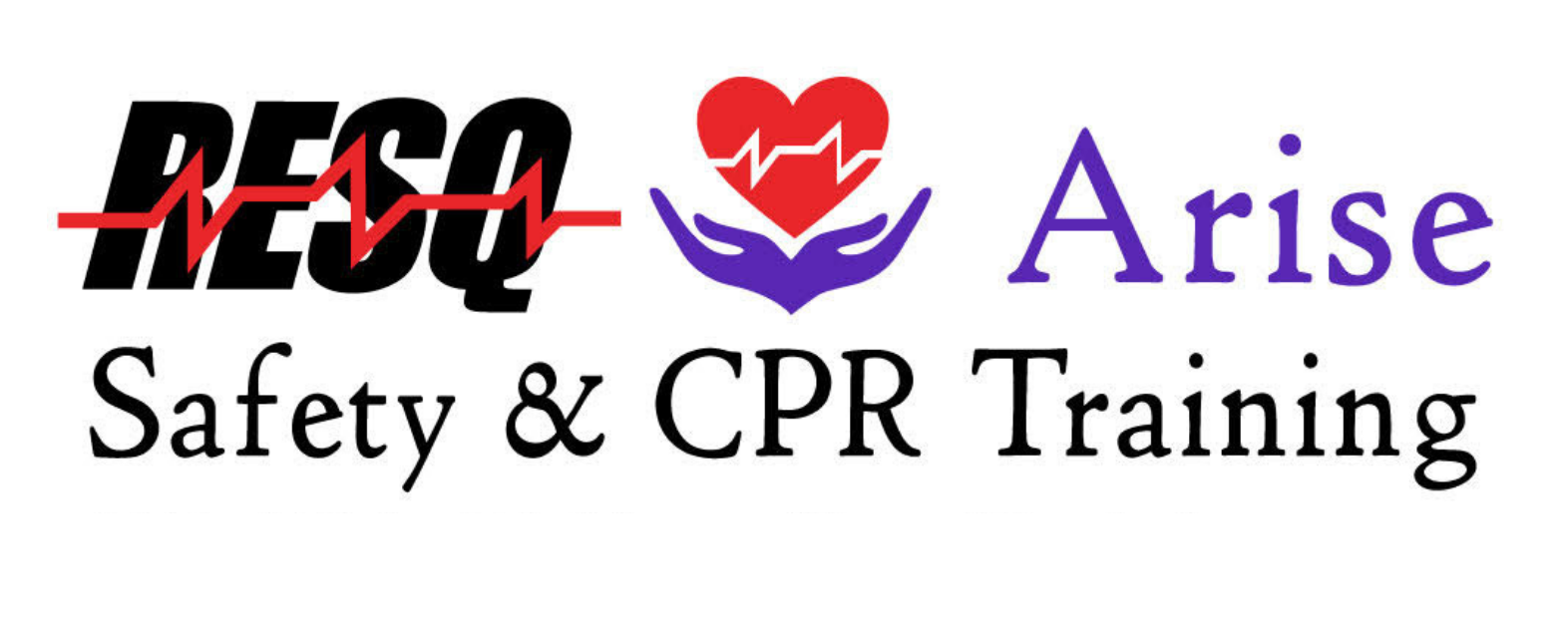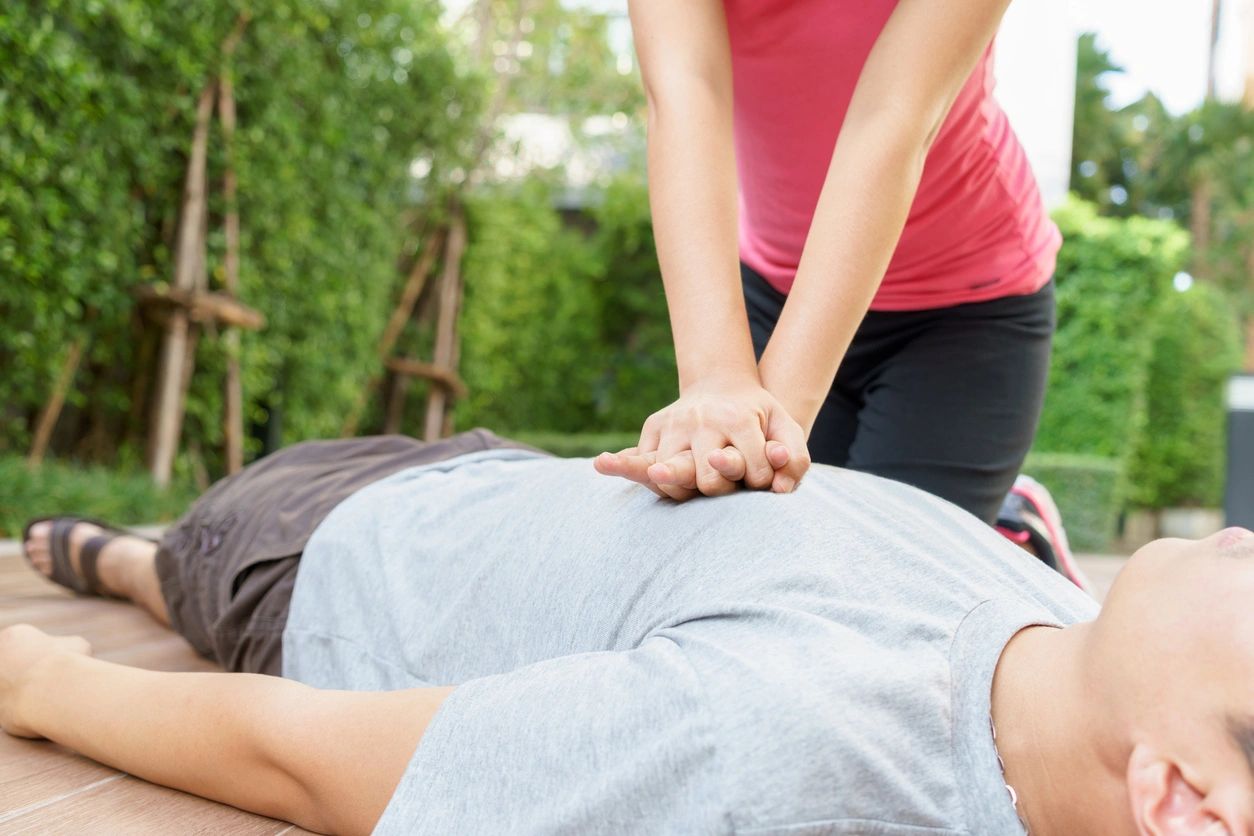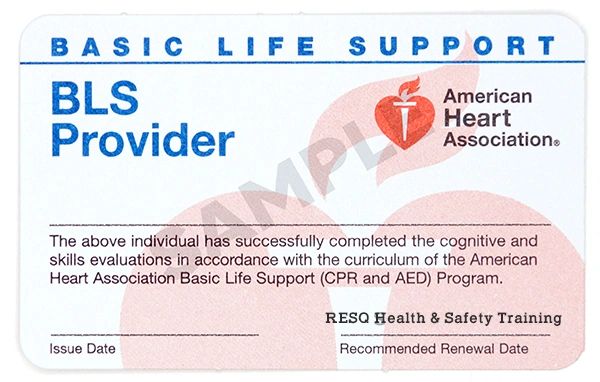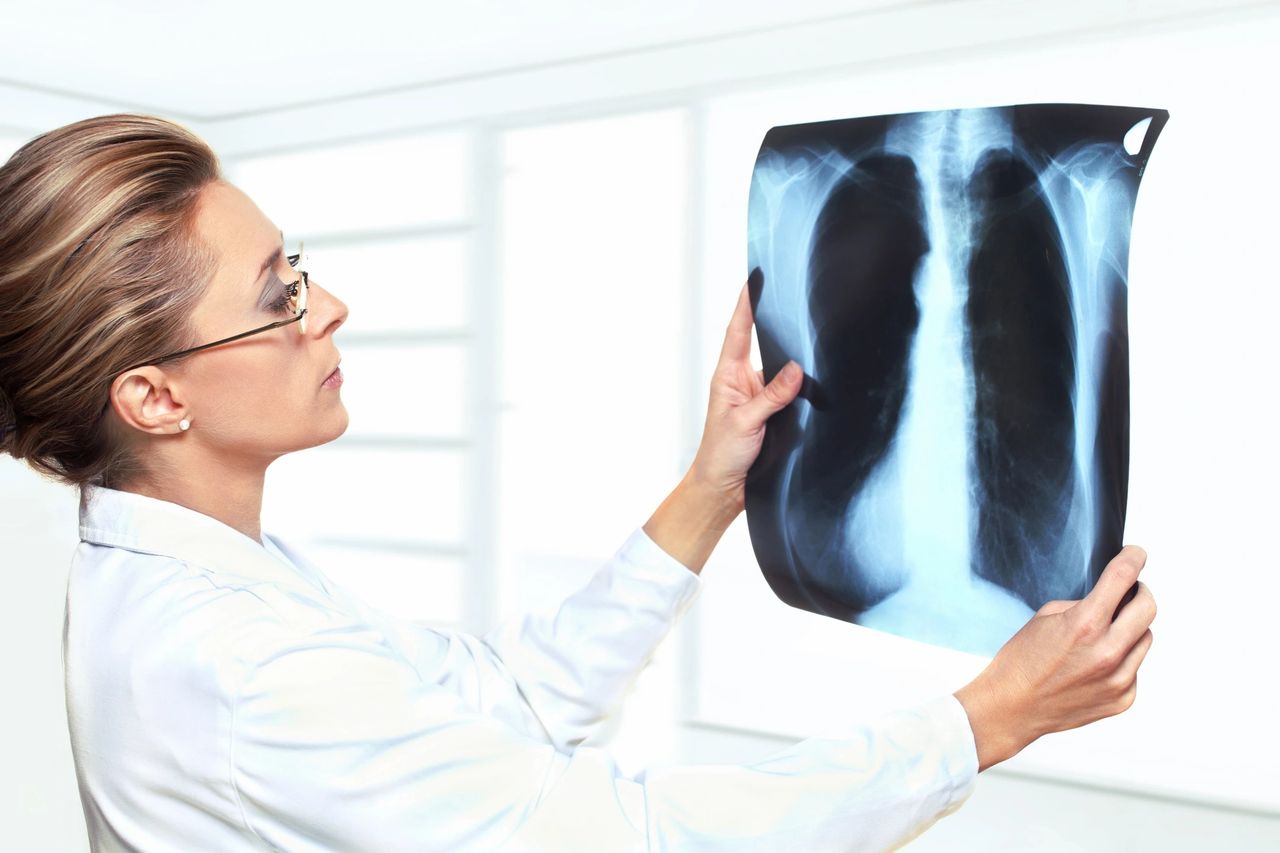For people who suffer cardiac arrest outside of a hospital, the biggest difference between those who survive and those who don’t is that a bystander performed CPR on the survivors.
The difference is that stark. CPR can double or even triple the chance of survival. And for those who suffer cardiac arrest outside of a hospital, surviving often means getting CPR from a passing layperson who may not be a medical professional.
That’s why it’s so essential for everyone to get trained in CPR, and be willing to deliver it if need be. But the tragic thing is that cardiac arrest victims don’t get CPR from bystanders as often as they could. Bystanders are often reluctant to perform CPR—even if they’ve gone through training, and even though they could save a life.
Here are some common misconceptions and fears that keep people from providing lifesaving care when the chips are down.
Fear of hurting the victim.
Many people hesitate to perform CPR because they worry that they may do more harm than good. They may even break a rib.
The thing is, if you’re doing CPR right, it’s likely to break ribs. Compressions should be at a depth of about two inches on a full-grown adult in order to get the blood moving in the body. That takes about 60 pounds of force.
According to a 2015 study, as many as 86% of men and 91% of women experienced a bone injury in the chest after receiving CPR—including sternum fractures, rib fractures, and sternocostal separations.
However, these injuries are survivable. Cardiac arrest isn’t, unless the victim gets immediate lifesaving care. Most people would agree that a few broken ribs are preferable to death.
Fear of being sued.
That’s all well and good—but what if, after saving someone’s life by delivering CPR, that person turns around and sues you for your actions?
It’s possible, but unlikely. Good Samaritan laws vary by state, but all have protections for bystanders delivering CPR. It’s in the interests of the country to encourage people to provide CPR, and the law reflects that.
As long as you’re responding the way a reasonable person would, providing care according to your level of training, and are not being compensated for your actions, these laws should protect you from a lawsuit.
Fear of catching a disease.
It’s not unusual to have an instinctive ick-factor reaction when it comes to mouth-to-mouth resuscitation. For many, the possibility of catching a contagious disease stops them from helping a cardiac arrest victim—even when they know CPR.
You can contract bacteria and viruses through mouth-to-mouth contact with an infected person. Chances are low that this will happen during rescue breathing, but it’s possible.
However, you don’t need to give rescue breaths in order to deliver effective CPR. Recently, the AHA released new guidelines for hands-only CPR that require lay rescuers only to “push hard and fast in the center of the chest,” to the tune of “Stayin’ Alive” by the Bee Gees. You can skip the mouth-to-mouth part altogether.
Hands-only CPR has been shown to be just as effective as traditional CPR in bystander rescue situations. In some studies, it’s even more effective—possibly because people are more willing to give this type of CPR in the first place.
Fear of doing it wrong.
Studies have shown that about 70% of Americans don’t have the confidence to perform CPR in an emergency situation—and would be reluctant to provide it for this reason.
Again, that’s where hands-only CPR comes in. It’s far less complicated than the traditional version—there’s no need to try to remember the ratio of compressions to rescue breaths, or slow down your compressions to provide breaths.
Hands-only CPR is very easy to learn and administer—even for people with no medical training. There’s really only one step—push hard and fast in the center of the chest.
Today, anyone can learn and administer CPR—and the learning process only takes minutes.
Fear of inappropriate touching.
According to a study conducted by researchers at UPenn, women are less likely to receive CPR than men—because some rescuers are afraid to touch a female victim’s chest.
This has real-world consequences. The study found that men were 23% more likely to survive cardiac arrest than women, because rescuers were more reluctant to deliver CPR to women. In examining over 20,000 cases nationwide, the study found that only 39% of women in cardiac arrest outside of a hospital got bystander CPR—as opposed to 45% of men.
Over 350,000 people suffer cardiac arrest in America each year outside of a hospital setting. Approximately 90% of them do not survive. Those numbers could be improved with CPR training—and the knowledge to overcome these misconceptions.






